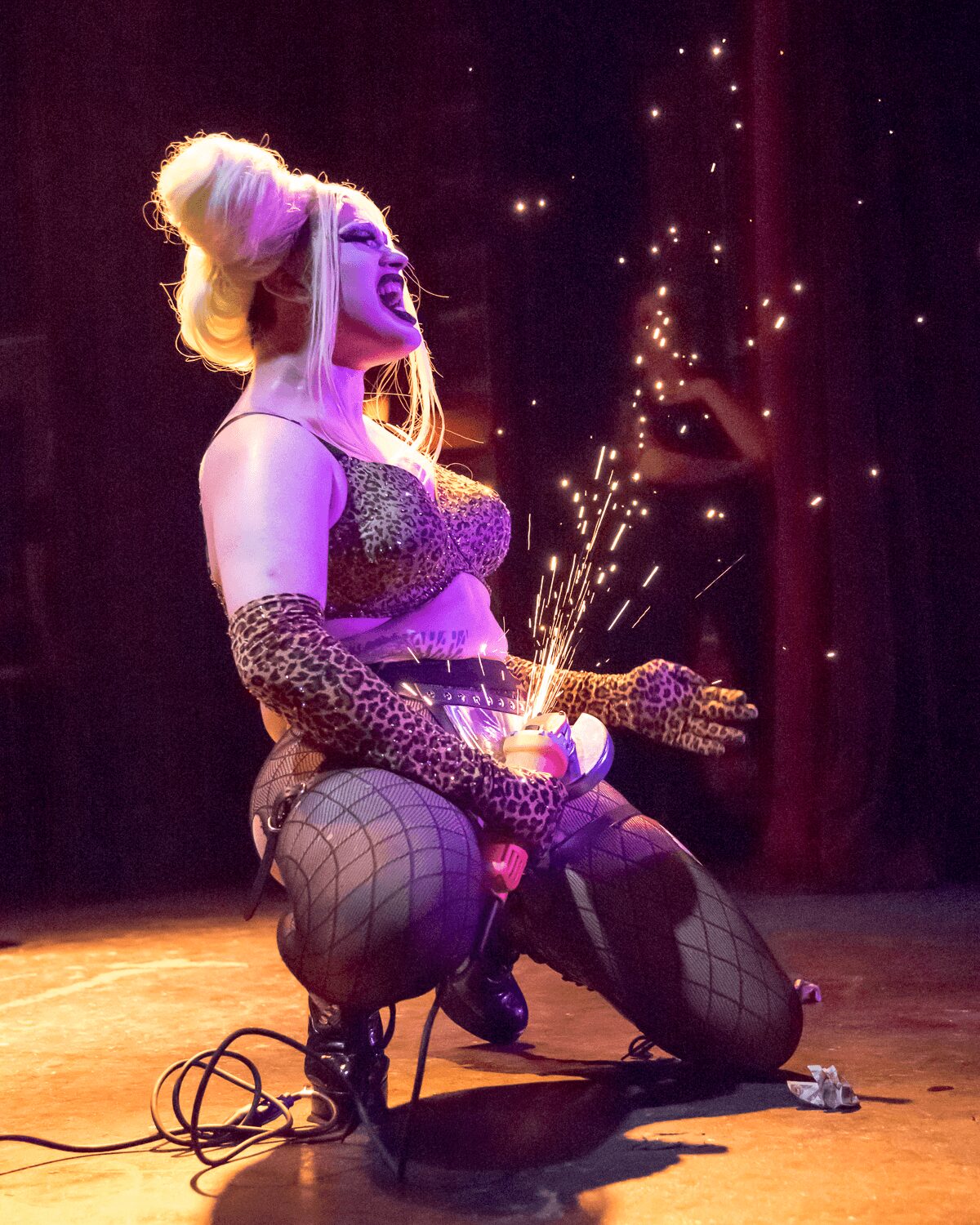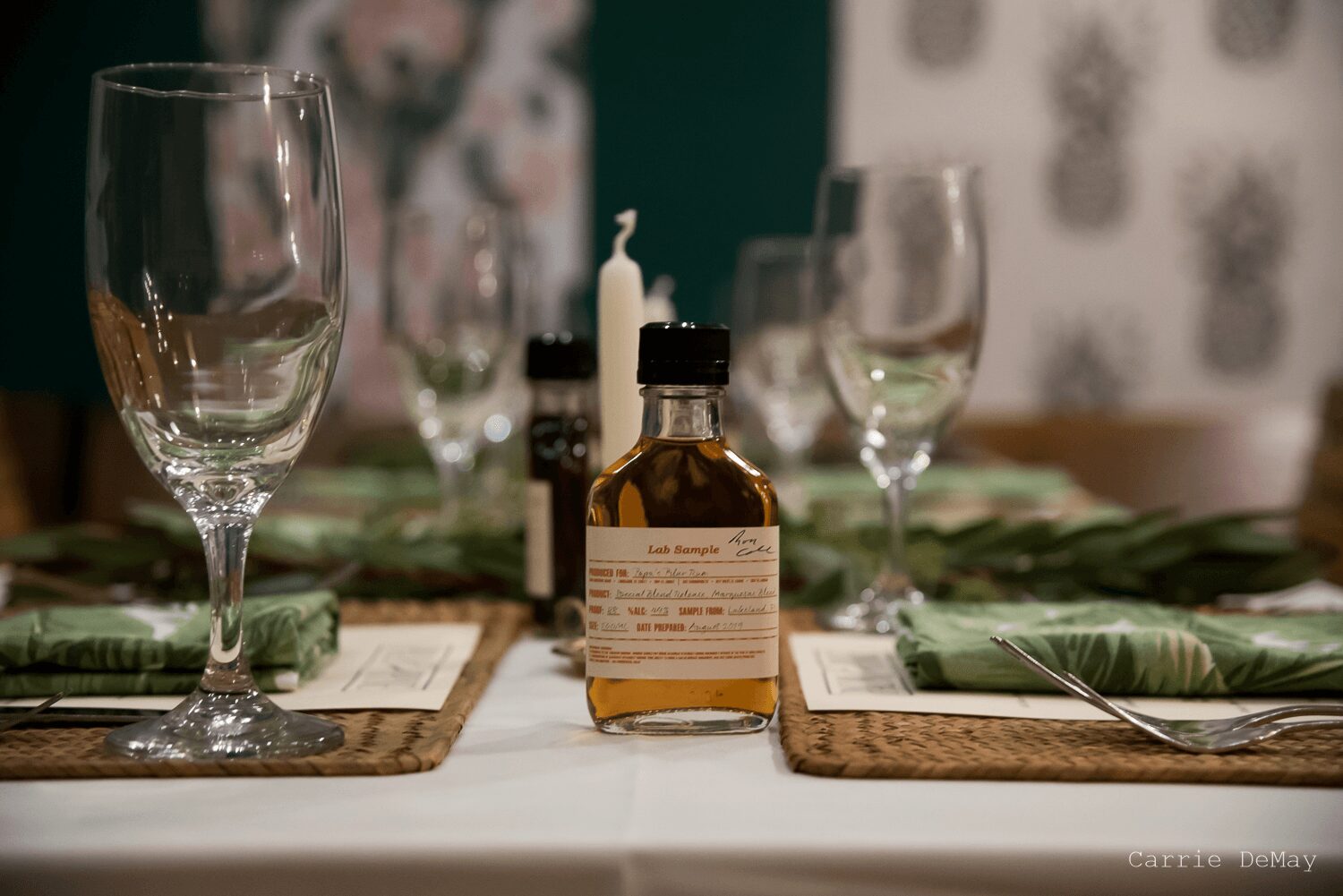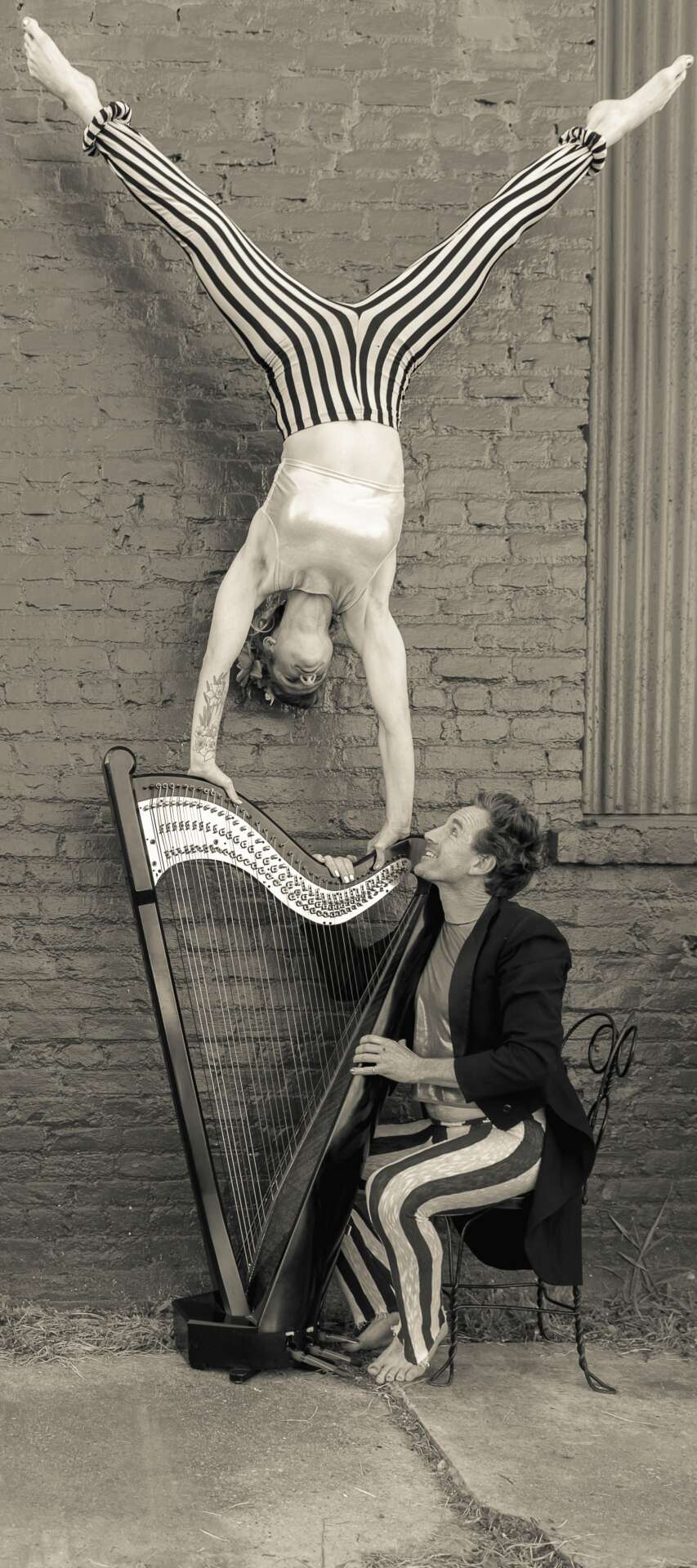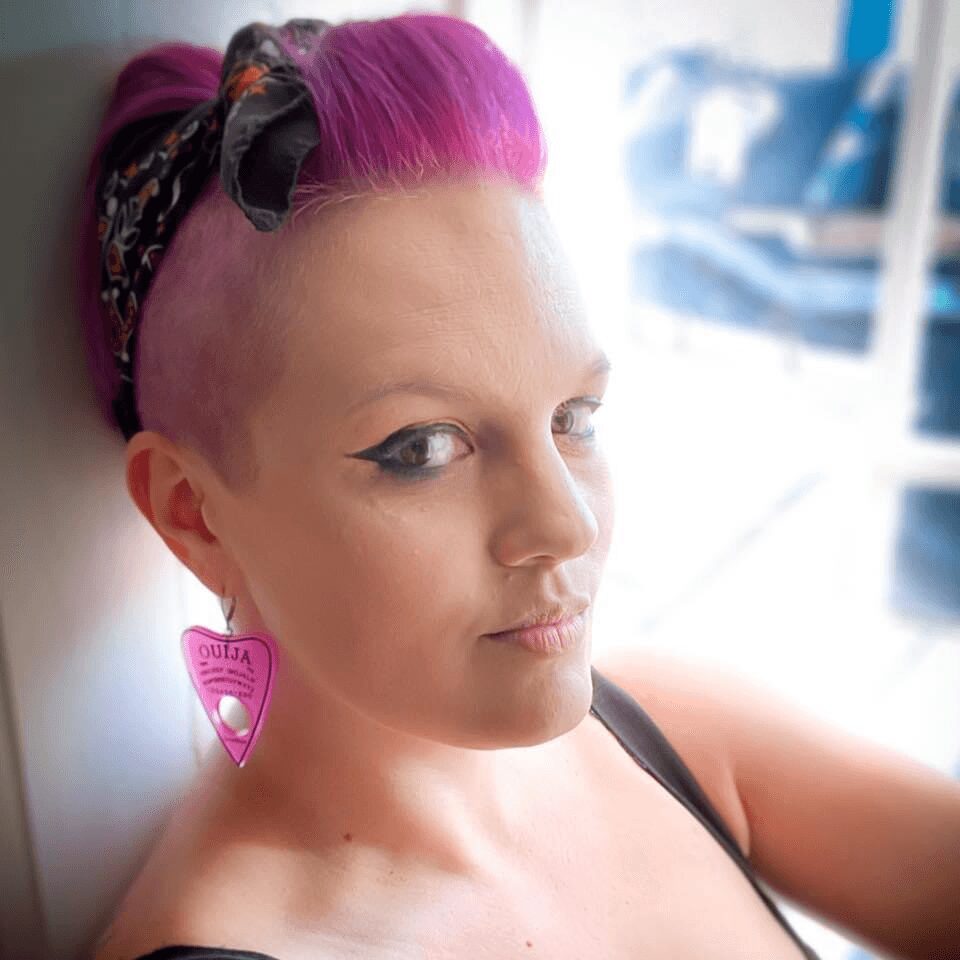We caught up with the brilliant and insightful Caroline DeMay a few weeks ago and have shared our conversation below.
Caroline, thanks for joining us, excited to have you contributing your stories and insights. We’d love to hear about a project that you’ve worked on that’s meant a lot to you.
One of my most meaningful projects was a photojournalism piece I did for Bloomberg Weekly titled “What Happens to Mardi Gras Beads After the Parade.” This assignment emerged during my very first portfolio review. Prior to this experience, I did not know what to expect and felt quite unprepared, having hastily assembled my portfolio. The review was not a juried session but consisted of 20-minute reviews with up to eight different reviewers. My first reviewer asked why I was there and what I hoped to gain from the experience. Having never thought of what I would say, I drew upon my time and experiences living in New Orleans. Most of the other participants, as well as many reviewers, were not locals, which provided me with a unique perspective to share. Additionally, my work as a cartographer for the city allowed me to provide further context for my photographs by pinpointing their locations on a map.
My approach to capturing the essence of New Orleans focuses on behind-the-scenes aspects—the preparations leading up to events and the aftermath. I strive to adopt an unconventional perspective, often looking for angles that others might overlook. For this project, my pitch aimed to uncover the less glamorous side of Mardi Gras—the environmental impact. We all see the vibrant parades and festivities, but there is a hidden cost. This was the first time I had pitched an idea to a prominent outlet like Bloomberg Weekly, and it was also my first paid assignment. The opportunity aligned perfectly.
During the Mardi Gras season of 2019, I followed two different parade routes after the final floats had passed and started taking pictures. Documenting the sheer volume of bead waste and the extensive sanitation efforts was eye-opening. The magnitude of the waste generated, and the logistical efforts required for post-parade cleanup were staggering. This project allowed me to highlight an often-overlooked aspect of the celebration, emphasizing the environmental impact and advocating for more sustainable practices.
This experience profoundly reinforced the power of photography in bringing critical issues to the forefront. It inspired me to continue using my craft to make a meaningful difference in the world.

As always, we appreciate you sharing your insights and we’ve got a few more questions for you, but before we get to all of that can you take a minute to introduce yourself and give our readers some of your back background and context?
Growing up, I never considered myself an artist. I identified more as an athlete, having competed in swimming throughout high school and college in Upstate New York. It wasn’t until after I graduated from the University of Albany with a master’s degree in Geography and embarked on a corporate career in Geographic Information Systems (GIS) that I began to explore my creative and artistic side. The turning point came when I moved to Alaska in the summer of 2005, and my parents gifted me my first digital camera. This marked the beginning of my journey into photography and the arts, a journey that would eventually lead me to the culturally rich city of New Orleans. The vastly different environments I have experienced have profoundly impacted my creative vision.
My fascination with photography truly ignited upon my arrival in Alaska. The natural beauty of the landscape was impossible to ignore, and it inspired me to delve deeply into this new art form. During my years in Alaska, I dedicated myself to refining both my technical skills and artistic vision. Upon relocating to New Orleans, I was immersed in the city’s vibrant culture and dynamic energy, which sparked a new wave of inspiration and provided endless opportunities to capture compelling narratives through my lens.
My portfolio now ranges from fine art photography to immersive photojournalism and bespoke art pieces, reflecting an eclectic blend of experiences drawn from Alaska’s rugged tranquility and New Orleans’ lively, chaotic beauty. Whether documenting the exuberance of New Orleans festivals or crafting serene, reflective compositions reminiscent of Alaska’s wilderness, each project is infused with a unique narrative.
A central pillar of my approach is the pursuit of authenticity in an age often dominated by staged and overly polished imagery. I strive to capture genuine moments and raw emotions, transcending the superficial to create works that resonate deeply with viewers. By prioritizing authenticity and depth, I aim to evoke strong emotional responses and convey stories that linger in the mind long after the image has been viewed. This commitment to authenticity and storytelling distinguishes my work from more conventional offerings and drives my goal of creating images that resonate, inspire, and provoke thought, whether in personal portraits, events, or commercial projects.
A piece of advice from a respected photographer friend profoundly shaped my approach: “Look at what everyone else is doing and do the opposite.” This philosophy guides my work, pushing me to find unique angles, experiment with unconventional lighting, and seek out perspectives that set my work apart. Applying this principle ensures that my images stand out and offer a fresh, distinctive viewpoint, regardless of the subject matter.
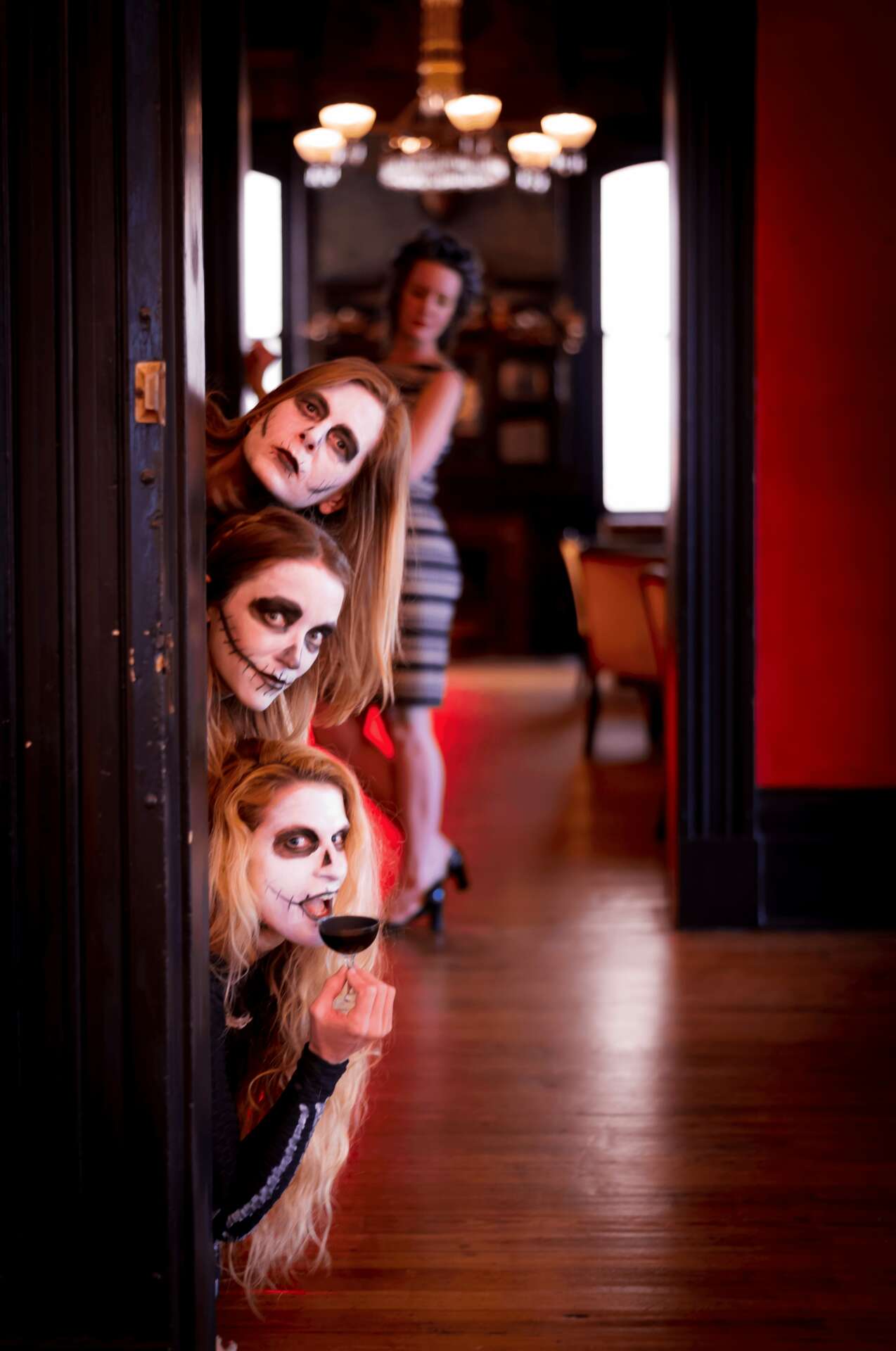
For you, what’s the most rewarding aspect of being a creative?
For me, the most rewarding aspect of being an artist and creative is the ability to tell stories that resonate on a deeply human level. Through my photography, I can capture moments that are fleeting yet profoundly impactful, preserving them in a way that allows others to experience and connect with them. Whether it’s the vibrant chaos of a New Orleans festival or the serene beauty of an Alaskan landscape, each image holds a piece of a larger narrative.
Moreover, the personal connections I form through my work are invaluable. Meeting people from diverse backgrounds, learning their stories, and being trusted to capture their essence through my lens is a privilege I deeply cherish. These interactions enrich my own perspective and fuel my creativity.
Ultimately, the most rewarding part is knowing that my art has the potential to make a difference. Whether evoking emotion, sparking dialogue, or simply offering a new way to see the world, the impact of my work on others is what drives me and makes being an artist so profoundly fulfilling.
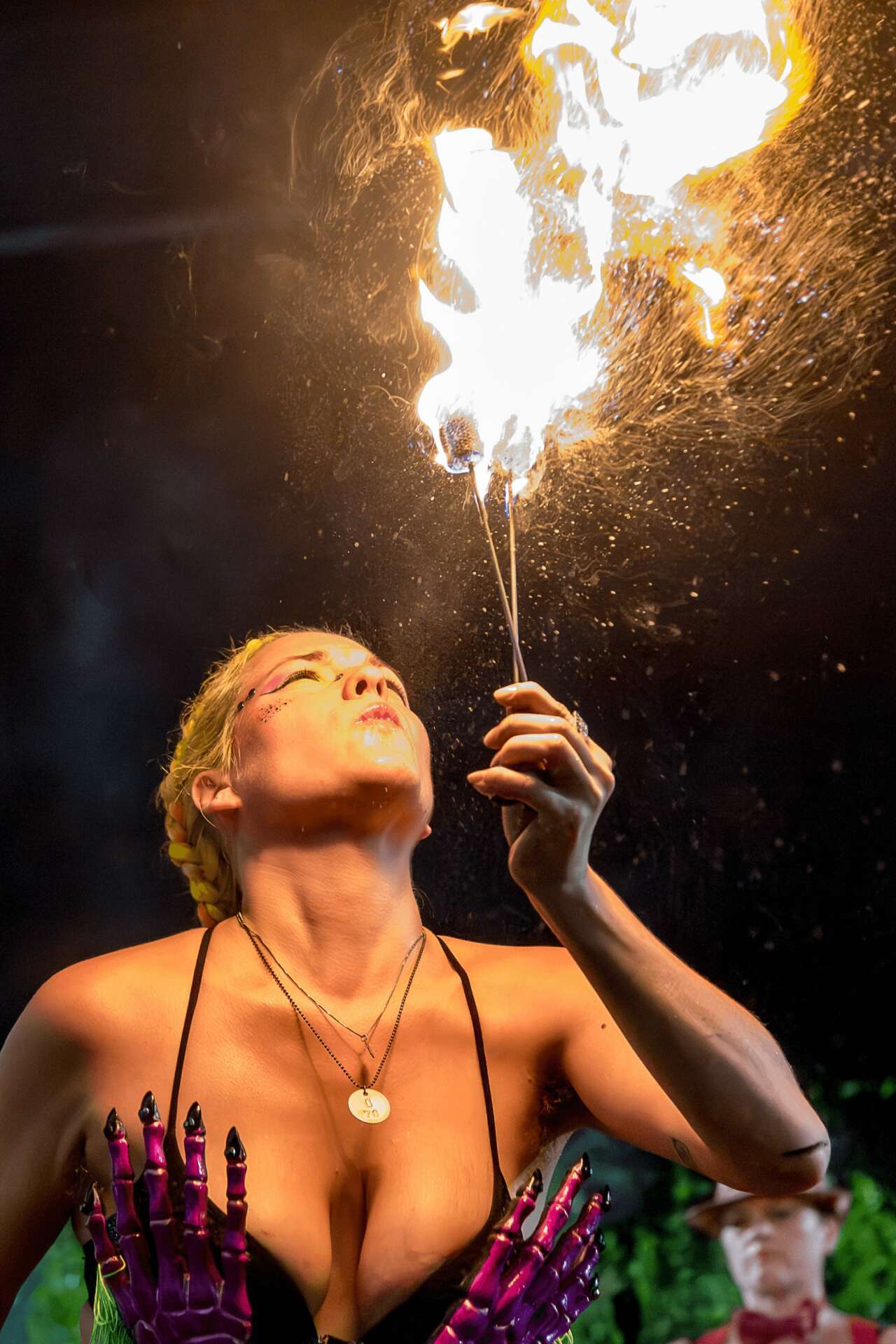
Can you tell us about a time you’ve had to pivot?
A significant time in my life when I had to pivot was during my relocations to various regions of the country, each of which has been transformative for me both personally and artistically. I have lived in four different regions of the country, each offering unique experiences that reshaped my artistic vision and personal growth.
In Alaska, I immersed myself in the stunning landscapes and unique light conditions, striving to capture the raw beauty of the Alaskan wilderness. This period was pivotal in honing my skills and deepening my appreciation for natural beauty. However, it was not until I relocated from Alaska to Houston, and subsequently to New Orleans, that I began to fully embrace my creative passion. Each of these moves presented new challenges and opportunities, compelling me to adapt and evolve as an artist.
In Houston, the urban environment provided a stark contrast to the natural landscapes of Alaska, prompting me to explore more diverse subjects through my lens. This shift not only altered my professional environment but also broadened my perspective. Working in public service allowed me to engage with the community on a deeper level, inspiring me to focus more on the human element in my photography.
Living in New Orleans has further allowed me to explore my creative side, not only through photography but also through costuming and parading. While photographing the vibrant activities in New Orleans, I soon realized that I wanted to participate in the festivities as well. I am now part of two walking parade krewes: Krewe d’Esprit within the Krewe of Boheme and the Krewe of Krampus.Being part of such a large and vibrant artist community has fundamentally changed my perspective and approach to both photography and costume design. I have moved beyond capturing nature and landscapes to highlighting the human experience and undertaking more unique, socially relevant projects, which has enriched my work. I now have the freedom to choose projects that resonate with me personally and have a meaningful impact.
Each one of these significant moves has taught me that pivoting, whether in business, career, or life, opens new perspectives and opportunities. It allows for growth and creativity, pushing me to continuously evolve and adapt. Each pivot has brought me closer to understanding the power of photography in telling diverse and impactful stories, reinforcing my commitment to using my art to make a difference.
Contact Info:
- Instagram: @carriedphotos ; @passe_couture; @drunkpicasso
- Facebook: Carrie D Photos
- Other: https://www.bloomberg.com/news/features/2019-03-06/what-happens-to-mardi-gras-beads-after-festival-ends
